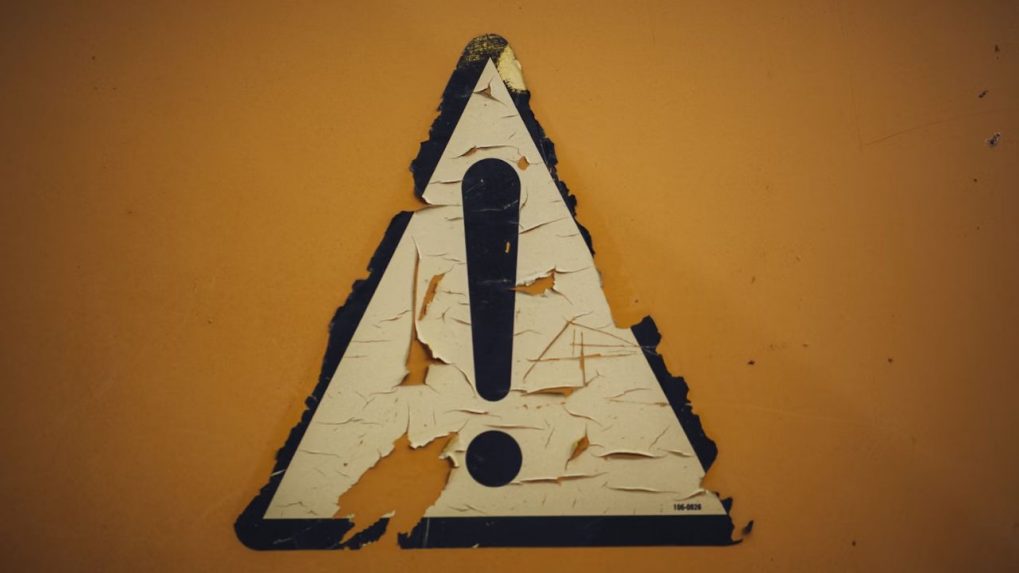From Cancelled to Clipped: Samay Raina’s India’s Got Latent resurfaces, but will brands buy the redemption arc?
The satirical talent show's clips are back on a new YouTube channel months after a firestorm of controversy led to legal trouble and takedowns. With ad integrations previously priced at Rs 30–Rs 40 lakh, marketers are divided on whether the brand risk still outweighs the cultural payoff.
ADVERTISEMENT
Months after being pulled down amid one of the sharpest controversies in India’s creator economy, India’s Got Latent (IGL), the hit YouTube series by comedian Samay Raina, is quietly staging a comeback. But this return comes with a twist and a question: Will brands return with their money and confidence intact, or stay away from the fire?
The show, which carved a niche with its quirky, irreverent take on raw Indian talent, was abruptly pulled from Raina’s main channel earlier this year following a major backlash. The trigger? A widely condemned comment by YouTuber Ranveer Allahbadia, directed at a contestant’s parents during an IGL segment. The moment, captured and circulated online, sparked outrage, online protests, and multiple FIRs against Allahbadia, Raina, influencer Apoorva Mukhija, and content creator Ashish Chanchlani.
In response, Raina deleted all existing IGL episodes, issued a public apology, and went dark on the show. The incident rattled advertisers, leading to a sudden freeze in brand collaborations and raising larger questions about content governance and accountability in India’s creator-led media landscape.
But now, in a quiet yet strategic re-emergence, the show and its edited clips are back, not on Raina’s main channel, but on a YouTube handle titled ‘India’s Got Latent Clips’. The channel (not new) has over 500 edited segments, from both public and members-only episodes, likely in a bid to rebuild momentum and test the waters with a new audience.
The brand dilemma: Is Raina safe again?
Before the controversy erupted, India’s Got Latent was a magnet for bold and youth-focused advertisers. Brands like Spinny, BoldCare, Veeba, Wok Tok, POP UPI, and Vastrado had collaborated with earlier seasons of the show, leveraging its meme-ready content, cult following, and deep resonance with Gen Z and millennials.
But with the taint of controversy still fresh, the stakes are different now.
“The question for marketers is: are the controversies water under the bridge, or do they still sting?” asks Rumi Ambastha, VP-Marketing at Mila Beaute. “If your brand persona is irreverent or bold, this might be a good time to enter. But for more conservative or family-friendly brands, the reputational risk is real.”
Raina, who also enjoys a significant fan following in gaming, tech, and comedy circles, has continued to get brand deals despite the uproar. He was recently seen promoting Knorr in a paid collaboration, indicating that brands are slowly returning, but selectively.
“Raina is still a strong creator. The audience has largely stayed loyal,” says Sushant Sadamate, founder and COO at Buzzlab. “But partnering with him now is a calculated risk, not a blind bet. You’re not buying impressions; you’re buying into culture, chaos, and community heat.”
Ad rates stay high, but with caution baked in
According to multiple industry sources, branded integrations on IGL last season ranged between Rs 30– Rs 40 lakh per episode, depending on scope and placement. These were not small-budget campaigns; brands were betting big on engagement, virality, and talkability.
“IGL has always delivered on cultural penetration, not just views,” says Chirag Alawadhi, CEO of Marketing Moves. “It creates social buzz in ways polished brand campaigns can’t. But this season, we expect ad rates to hold steady or dip slightly, as brands negotiate harder post-controversy.”
So far, no major new brand integrations have been spotted on the resurfaced clips. But that may be a strategic delay, allowing marketers to assess audience sentiment before re-committing.
“Within the first few episodes, we’ll know whether the viewer is willing to forgive and re-engage,” says Ambastha. “The challenge is less about audience backlash now and more about brand values matching the content ecosystem.”
Comeback gold or brand landmine?
While mainstream brands may remain wary, challenger and digital-native brands are seeing an opening. For youth-first companies, especially in gaming, fintech, personal care, and D2C categories, the current climate presents a high-visibility, low-clutter opportunity.
“Brands that are quirky, fun, and culturally fluent will return,” says Vivek Krishna, founder of men’s health brand Sukham. “It’s not about mass appeal—it's about niche credibility. Our brand tone is more serious, so we won’t partner, but others absolutely should if the fit is right.”
Read more: Big Brands Gone Latent for Samay Raina's YouTube show?
Petal Gangurde of XYXX Apparels agrees. “IGL is a fantastic platform for challenger brands. We once considered partnering with the show but pulled back after the controversy. Still, the format and following are undeniably powerful.”
Shubham Chawla, Business Head at Youthbeat (SW Network), confirms that brands are actively evaluating partnerships again. “We’re exploring associations for one of our youth brands,” he says. “The organic PR and digital buzz are hard to ignore, it just needs smart timing and tone.”
Overall, experts agree the creator economy’s memory is short and comeback arcs, when done right, are often rewarded.
“Audiences love redemption stories,” says Sadamate. “And if Samay can channel that into his content arc, brands will follow. Just not the ones who play it safe.”
Read more: YouTube pulls down Ranveer Allahbadia, Samay Raina India's Got Latent video after Govt intervenes

